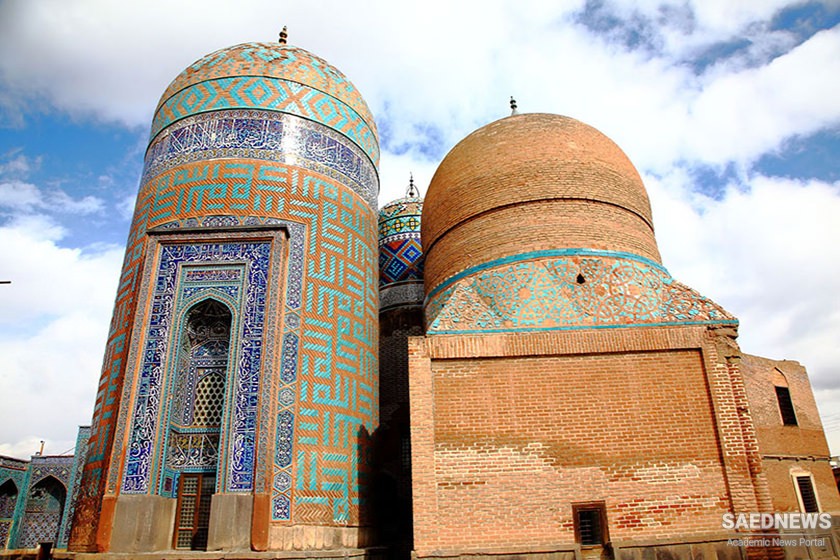The intertwining of religion and politics in Islam, such as is seen in the history of the Prophet Muhammad himself, is also a characteristic feature of the Safavids which, as we can see, marks even the career of their founder. Although he was not very concerned with secular power, he certainly did not lack political influence. The integrity of his religious position is beyond question. Not only his good works and his asceticism, but also his missionary efforts to convert the Mongols, many of whom were not of the Islamic faith, and his influence on certain Turkish or Turkmen groups stamp him as a particularly conscientious Muslim. The theory3 that he dreamed of a renewal of Islamwhich would transcend the dogmatism of the theologians and the squabbling of the heretics is not without foundation. He certainly could not achieve so paramount a success during his lifetime, nor did the effects of his activities, once this success materialised later, cover the whole Islamic oecumene. But the religious revival and unification of Persia which came about two centuries later are unthinkable without the brotherhood he founded — although there is no direct connection between them. Whether on the other hand Shaikh SafI envisaged a Shl'I Persia is quite a different question, with which we shall deal later. Nevertheless, his role in the Safaviyya was not confined to founding the order and giving it his name; he also established a firm basis for future development through the great number of supporters which he won for it and the prosperity with which he endowed it.1 The ancestors of the Safavid rulers are often depicted as unassuming monks, but this image does not really correspond to the historical facts even in the earliest phase. It is scarcely appropriate for the later period either. Although we have only meagre evidence about the immediate successors of Shaikh SafI as masters of the Ardabll order, we can conclude simply from occasional references in the sources that they were highly esteemed — by the early Ottoman sultans, among others.2 How otherwise could one explain the ambitious plans and the political aspirations of Junaid and Shaikh Haidar under the Turkmen princes of the latter half of the 9th/15 th century — aspirations which were after all by no means entirely unfulfilled? (Source: The Cambridge History of Iran, vol. 6).



 Sheikh Safi Al Din Ardabili the Spiritual Forefather of Safavid Empire
Sheikh Safi Al Din Ardabili the Spiritual Forefather of Safavid Empire














































